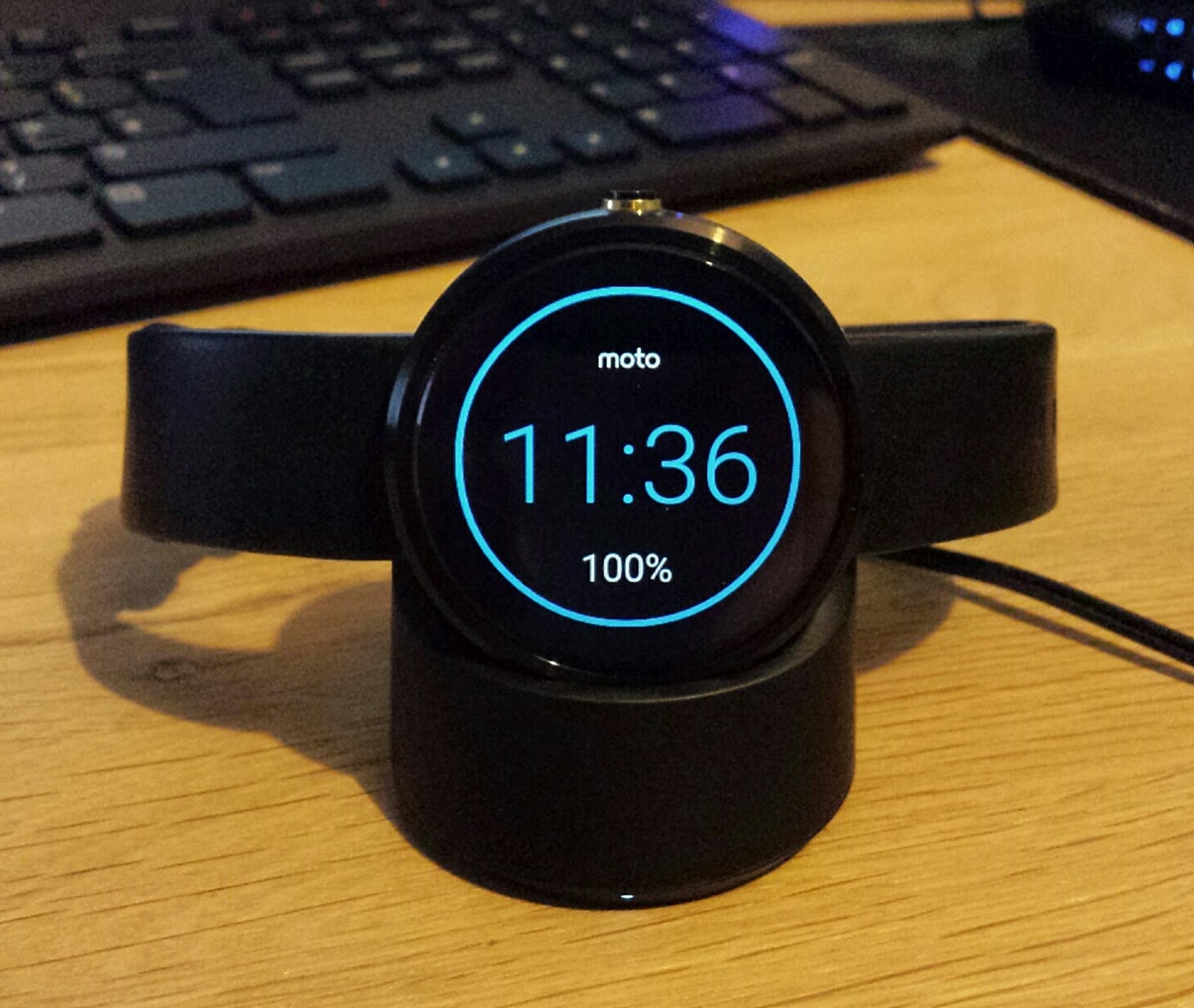Inspired by my recent purchase of a Moto360 smartwatch, and the recent article by the Oracle UX team on the use of wearable tech in the office (with associated Storify piece on wearables and enterprise applications), I got to thinking about the potential for wearables in streamlining process and facilitating positive user and client experiences with enterprise software.
Whilst I am obviously a fan of this new technology, some dismiss the latest wearable tech (such as Google Glass/Sony SmartEyeglass and the various smartwatches that are coming to market) as a fad – we already have smartphones, so why the need for smart glasses or smart watches? Just because we can put emails and Facebook on our wrists or floating in front of our eyes, do we really need to? What problem does this solve?
Many of the same arguments were put forward against the first generation of proper smartphones, or against tablets and other small format, touch-based devices designed to simplify the user experience of desktop and laptop computers. These devices have gone on to dominate in the personal arena, and to gain traction in the business eco-system. I believe that the main driver in both areas is the convenience factor, as the small size and always-on (or fast boot) experience allows users to interact with information when and where they want to, rather than being tied to a computer. This can be further extended to the wearable tech – where the smartphone or tablet takes us a step away from our PCs, smartwatches and eye wear take us a step away from our phones and tablets, and opens up a world of ‘glance-able’ access to relevant information.
Yes, of course wearing a ‘dumb watch’ means I could have convenient access to the time, and my smartphone would cover access to pretty much everything else. At the moment no-one ‘needs’ a smartwatch in the same way no-one needed a tablet. However, even my brief time with the Moto360 has thrown up a number of scenarios where the smartwatch/smartphone combination is an improvement on the ‘dumb watch/smartphone’ combination when it comes to convenience, mainly revolving around being able to keep my phone in my pocket and still access and respond to texts, emails and other messages. Given the sheer volume of messages your average worker receives in a day, being able to quickly review and decide which are important and which can be dealt with later is extremely useful. Of course, I can already do this on my smartphone, but that means I have to get the phone out of a pocket, or pick it up off the desk. I have to notice it vibrate, or have it make a noise which may not be appropriate in some environments. With the watch, I get a discreet vibration on my wrist, and I can check the sender and content on the watch screen and then archive or reply (or dismiss and look at it later).
So the convenience factor is high, and it is almost certain that enterprising developers will produce all sorts of apps covering use cases that haven’t even been considered yet. As with the smartphone/tablet revolution, I believe wearables will find a strong niche as portals to instant and relevant information. You are probably asking yourself where enterprise applications come into all of this. What can smart watches or smart eye wear add to the user/client experience when interacting with General Ledger, or Leasing applications? The Oracle UX team tout the ability to make a salesperson’s life easier with instant access to CRM applications in the cloud, especially with wearables such as Google Glass, where you can look at contact details and directions for your next appointment and initiate calls without having to consult your phone. I don’t think that is going to be the ‘killer’ application for enterprise though. Instead, I think the main innovations will be based around taking current paradigms in mobile applications and extending their convenience via your wrist or eyeball.
Things like authentication, paperless contracts and digital signatures, customer driven service/system interaction via apps are all areas where smartphones and tablets are aiding both the employee and the client/customer, and extending this to wearable tech will increase the convenience and reduce the process time. Examples could be approval or authentication requests accepted via a swipe on your watch-face, which notify both customer and salesperson and simultaneously trigger further workflow within your enterprise application; or perhaps location or device based access to sensitive information from your database, both for employees and for end-customers. The Oracle UX team are already working on wearables applications that interact with Fusion cloud applications, and undoubtedly this is something creative developers will produce innovative and unexpected uses for.
As a big advocate of using tech to optimise and streamline processes, I’m looking forward to seeing what they come up with, and to testing the applications out on my new watch!



